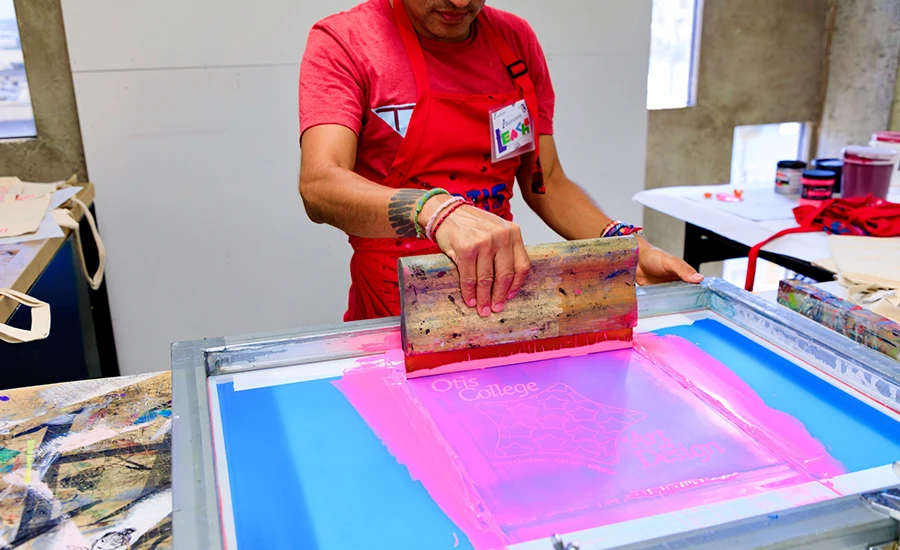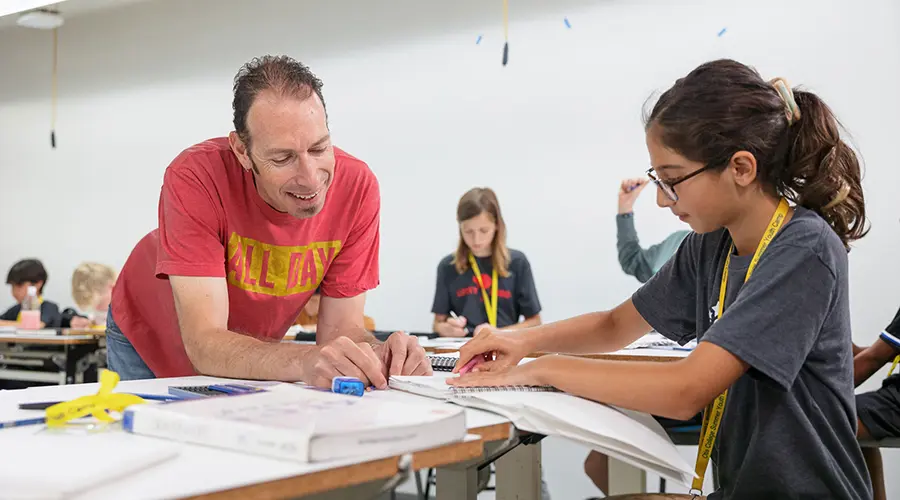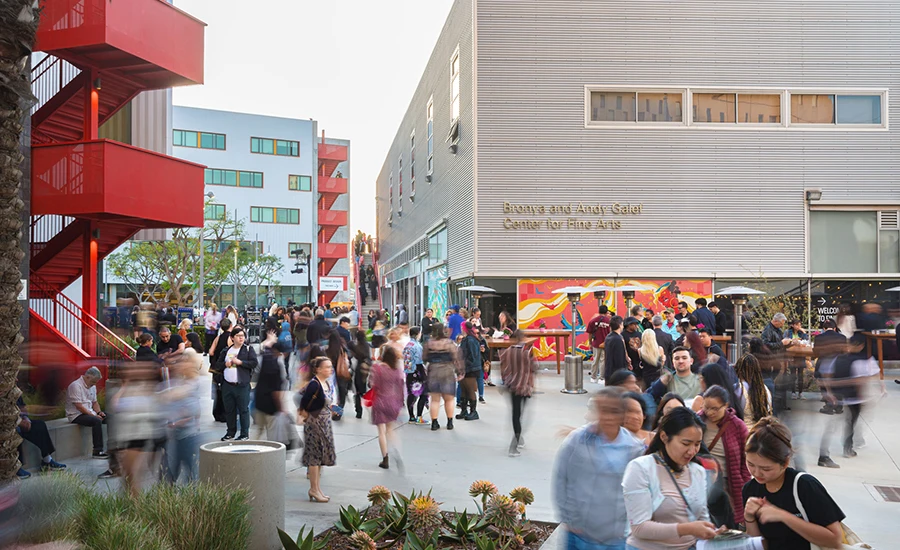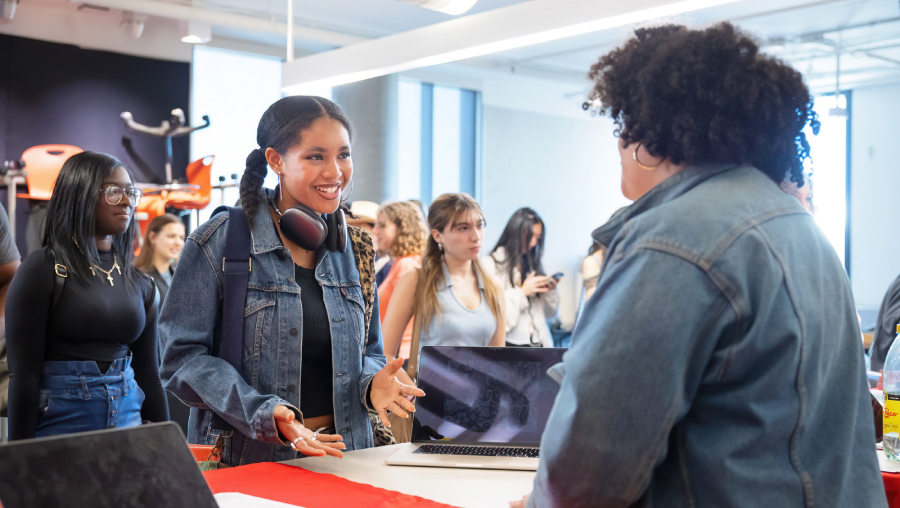Sekayi Slade Discovers His Career Path in the Entertainment Industry Through the Netflix x Otis Access Program
“If you grind for long enough, opportunity shows itself, you just need to be looking for anything and everything and be willing to learn from it,” Sekayi says.
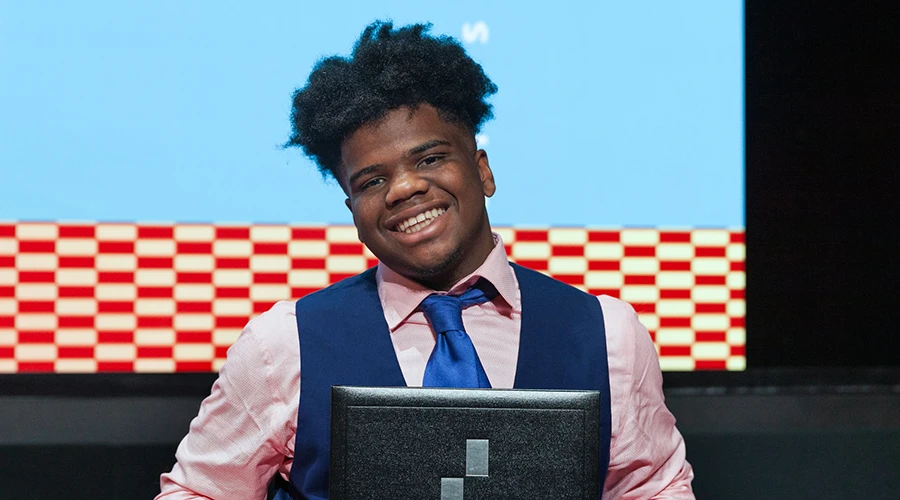
Sekayi Slade is a lifelong learner who epitomizes the Walt Whitman line, “I contain multitudes.” His singular career goal has been to be a film director, but graduating from Access: a Netflix x Otis Entertainment Certificate program has shown him that there are many paths to success within the entertainment industry. The career pipeline program provided a well-rounded curriculum that played into his interests in video games, TV, films, music, and animation, which he studied in his formative years. He bought a camera when he turned 18 and wrote sketches and longer scripts. “During this time I started setting the seeds of the person I am right now, but I was still clearly not ready to actualize my potential. I spent my first years of college just sort of drifting, aimlessly looking for opportunities,” Sekayi says.
Enrolling in the 20-month Netflix x Otis Access program offered Sekayi the focus he needed to transform his ideas and skills into an engaging career. He recently was hired full-time as a Cue Sheet Coordinator by the creative advertising agency AV Squad, where he apprenticed for six months as part of the program. The LaVerne, California native recently spoke about his experience in the Netflix x Otis Access program and how it’s supporting his career goals.
How did you learn about the Netflix x Otis Access program?
My school had a system where they would send us opportunities based on whatever career paths we chose. My senior year was when I began materializing my director aspirations, and I let that be known on my way out. My dean sent me a flyer for the Netflix x Otis Access program, and the promise of being around other aspiring, hungry creatives excited me.
“One of my many fascinations has been with studio logos. I knew some people had to be making them, I just didn’t know who. I find it funny that there are campaigns for films and games that I remember more than the final product.”
What art/design experience did you have before attending the program?
As a youth I spent a lot of time watching TV and playing video games. It was my obsession with these worlds that made me a lover of art. I tried almost every craft—comics, songs, animations, videos, and games. Through all these ventures, I left not just with experience but also a love for the craft and study behind it. I learned about the importance of character design from my love of fighting games and seeing how developers could make expressions with nothing but colors and clothes. I learned about composition from reading manga and trying to figure out what made Akira Toriyama's work so pleasing to my young, hyperactive eyes. I also further jumped into the study of film, writing essays about it for classes. While working for the Boys and Girls Club a lot of my creativity began to show through the playground games I made, and translating cool ideas I got from video games into understandable playground games for kids.
Did you know what a career in entertainment marketing entailed before the program?
I’ve always had a love for marketing media, but I never knew the source. One of my many fascinations has been with studio logos. I eventually came to understand that my appreciation was a love for an experience. I knew some people had to be making them, I just didn’t know who. I find it funny that there are campaigns for films and games that I remember more than the final product.
What were your expectations going into the program?
The biggest benefit I was looking forward to was proximity. I wanted to be around others who were aspiring creatives like me—people just starting their journeys with aspirations to become masters of their crafts. When the day came and I got to meet my cohort at Otis College it was as inspiring as it was frightening. As I quietly observed my colleagues I monologued to myself something along the lines of “stakes went up.” I came to realize that despite experience and age differences, we all had the same hunger and aspiration to be better. This village I found with hungry talents, it made me stronger because now the bar of expectation was higher and I was surrounded by people who have given me no excuse but to give my best.
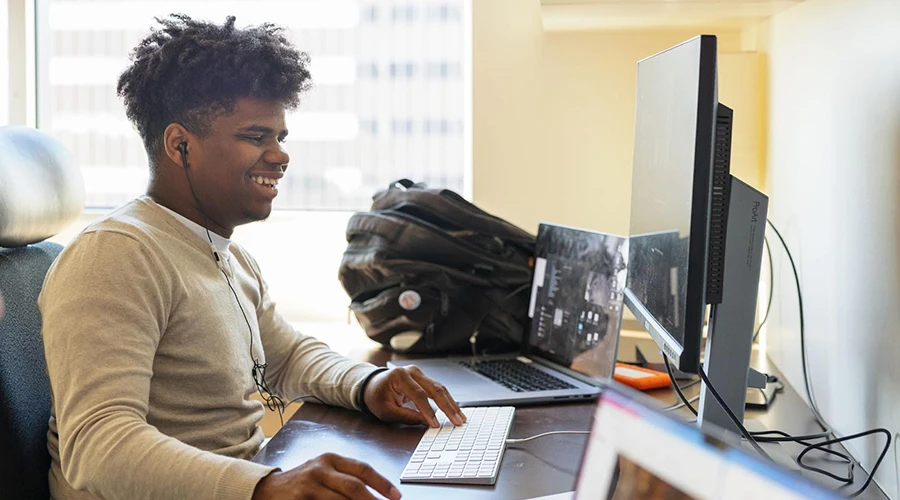
In what ways did the Access program balance creative work with industry preparation?
Coming into this, though my creative skills were high, my professional skills and habits were not suitable for a corporate creative. However, I did a lot of learning just from observing people and seeing how they handled certain scenarios, how they kept their peace and got what they needed communicated and pushed through.
What were some of your favorite things you learned in the program?
Looking back, I think one of the highlights was discovering jobs and opportunities that I didn’t know existed—knowing that someone could dedicate a career to graphics or audio design. I now have the security that the job needed to do these things exists—I just need to find the way to get it.
What are some of your favorite creative tools you learned in the program and still use?
The importance of notes. Also, between the creative terms, software, rules, and culture, everything in this industry was new to me. I needed to accept that I could not passively learn everything. Patience is a virtue and everything takes time no matter what stage of development you’re in. It’s best to 1) finish your projects and 2) learn from them, take notes from everybody who has an opinion, ask for details, and write it down. I know for my fellas and sistas with ADHD that’s a very specific struggle, but now I consider alternative methods and make it a game where each note has a checkmark; for me to win, I need to check all my boxes.
What advice do you have for anyone considering the Netflix x Otis Access program?
Understand that you are being given this opportunity, not as someone with potential to help the industry, but as someone who can help it evolve. We need more unique perspectives, more unique voices.
What are your career goals and plans for the future?
This is my favorite question because my answer rarely changes, but my reason and action plan seem to shift. Ever since I was 17, I wanted to be a director. My educational journey has been unique. I’ve struggled with ADHD and social issues since preschool. Going into middle school my grade level began falling behind. Coming into high school, through sheer grit and overbearing support I was able to catch up, but socially I lagged for a long time. COVID quarantines did not help. I spent my first years of college just sort of drifting, aimlessly looking for opportunities. I chose to major in theatre. It seemed to be the most realistic gateway—do some theater shows and on the side show your talent for creation, write a couple of scripts, direct a couple of shows, maybe the right person will see it and, boom, I’m in. But as cool as theatre was I didn’t want to dedicate time to it the same way I did for film.
My career goals shifted into this industry, not as a means to an end, but as an idea to learn. Maybe being a producer would teach me how to be an authoritative yet reasonable force within my workplace, or being a creative director would teach me to work with other talents and how to maximize their talent without burning them out. Just being an editor has done a lot for making me a better storyteller. If you grind for long enough, opportunity shows itself, you just need to be looking for anything and everything and be willing to learn from it. The will to learn is what I discovered again, and I think that’s good. I am at a place now where I can do work and enjoy the life it affords. I see that as learning within itself—more experience and emotion to create from. It’s pretty cool.
All photographs by Sarah Galonka/Otis College of Art and Design.
Applications for the next cohort of the Netflix x Otis Access Entertainment Certificate Program are now open. Learn more!
Related News
